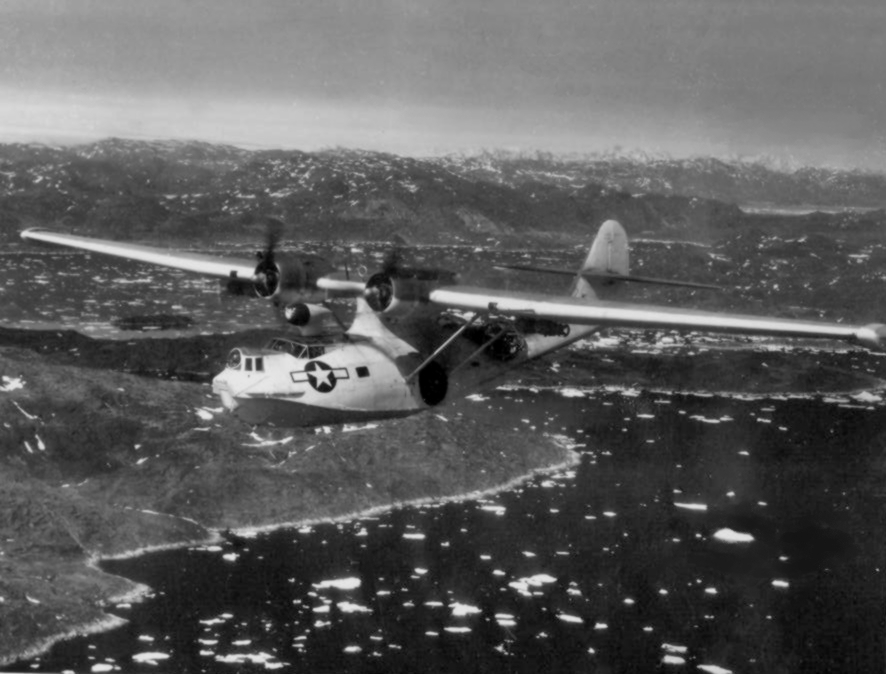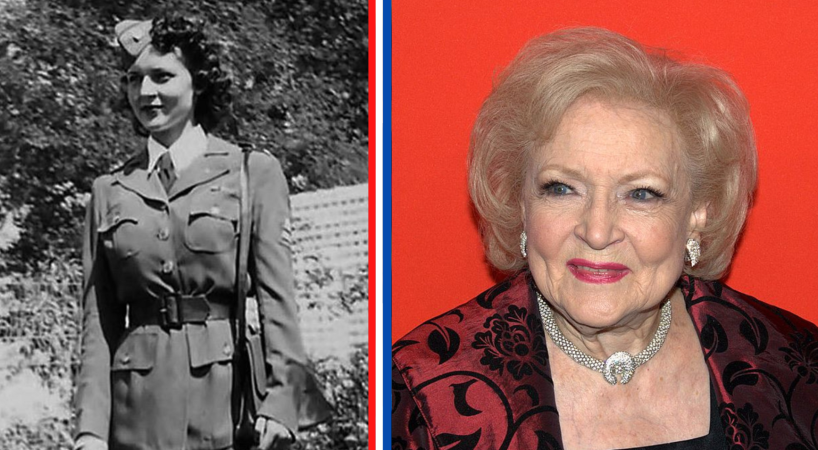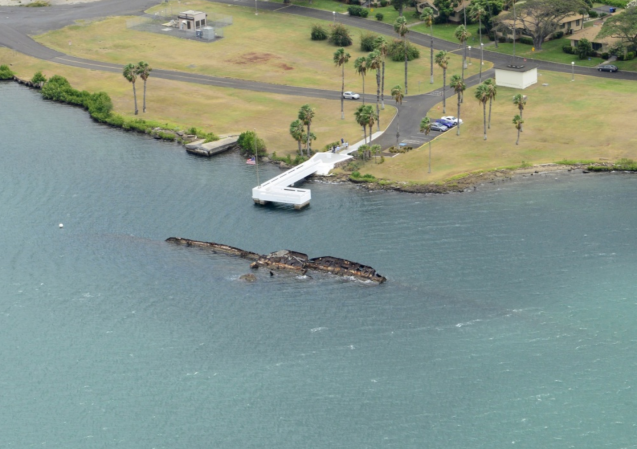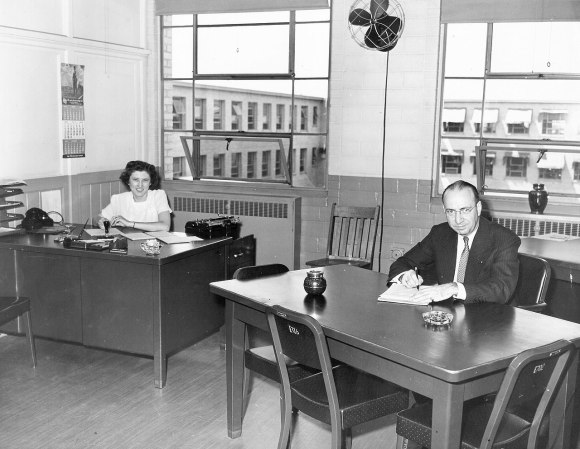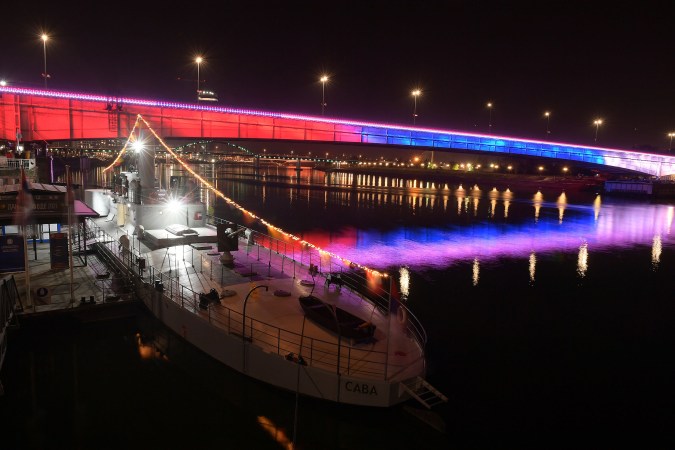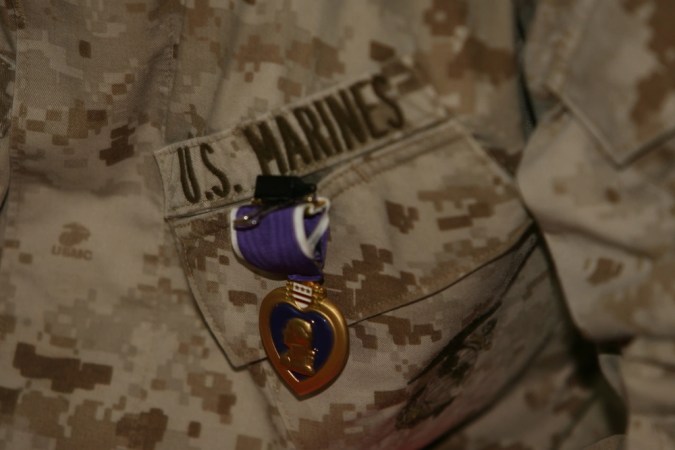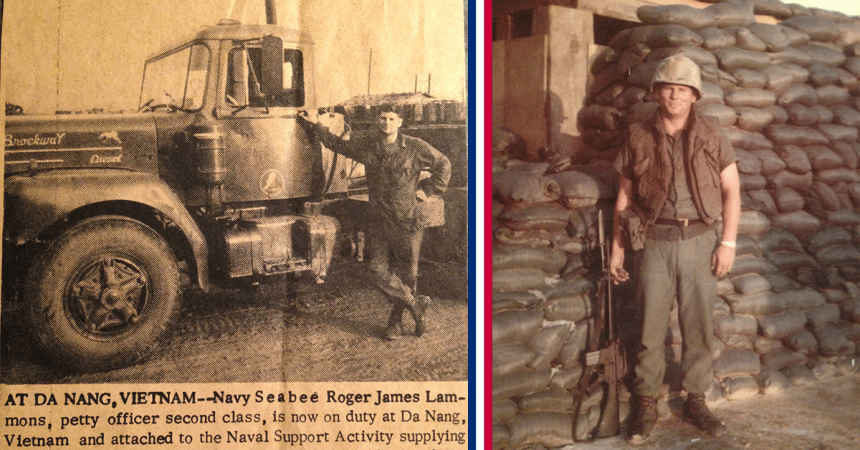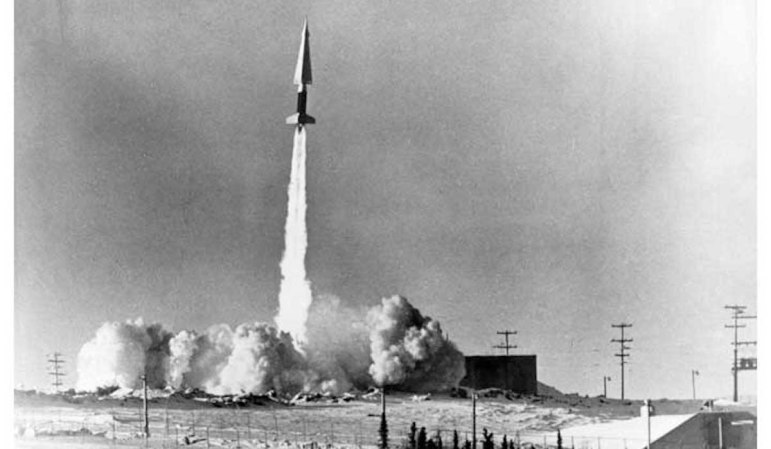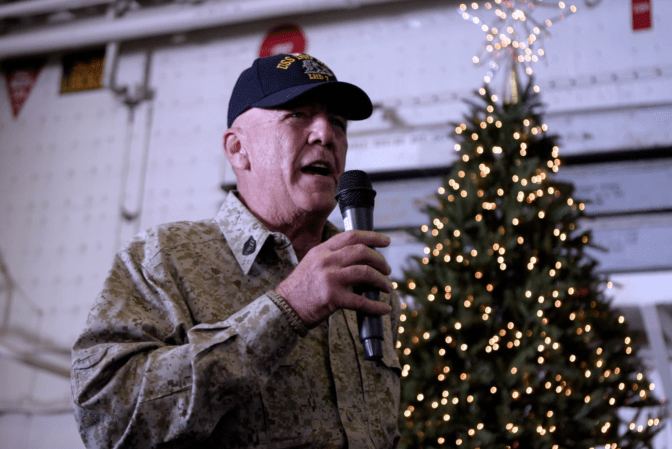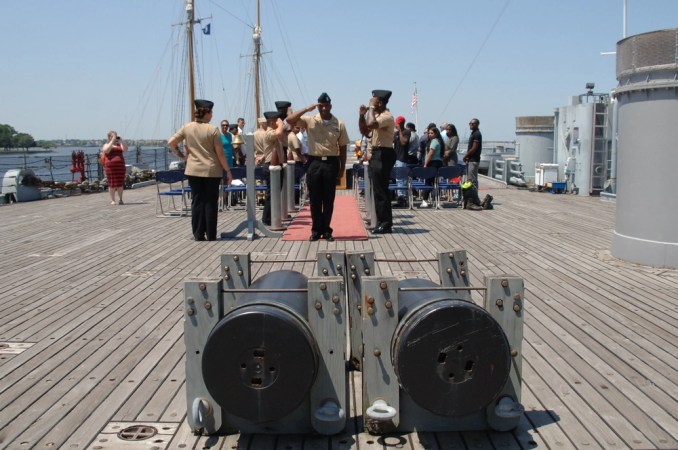WWII was the golden age of military seaplanes. From the legendary PBY Catalina to the behemoth BV 238, most major countries utilized seaplanes or float planes during the war. However, the popularity of these floating aircraft waned through the 20th century. Today, the U.S. military operates zero seaplanes in its fleet. However, Russia, China, and Japan all operate a modest number of their own. As the U.S. shifts preparedness to the Indo-Pacific, Air Force Special Operations Command seeks to develop an amphibious version of the tried and true C-130 Hercules. To do this, AFSOC has turned to Japan for help.
The Japanese Maritime Self-Defense Force has utilized seaplanes manufactured by ShinMaywa, formerly Shin Meiwa, since the 1970s. The US-2 and its predecessor, the US-1, is capable of conducting anti-submarine warfare, air-sea rescue, and reconnaissance operations. Its ability to land on the land and water expands its operational capabilities over conventional fixed-wing or rotary-wing aircraft. Like the PBY of WWII, the US-2 can land in order to rescue survivors at sea after identifying them. The US-1 was used in over 500 rescues and is credited with saving 827 lives.

On September 20, 2021, AFSOC announced plans to demonstrate an amphibious version of the MC-130J Hercules by the end of 2022. “I can say with certainty that our plan is to conduct a demo by the 31st of December next year,” said AFSOC commander Lt. Gen. Jim Slife during a media roundtable at the Air Force Association convention. The MC-130J Amphibious Capability, also known as MAC, aims to support the Pentagon’s shift to littoral regions.

Lt. Gen. Slife noted that the MAC would not be a seaplane in the traditional sense. “I see it referred to float plane or sea plane, which is not actually accurate,” he said. “It is strictly amphibious capability we’re after. In other words, utilities and land on either land or water and not be completely a maritime-only kind of platform.” While this specific focus of capability keeps the MAC in the AFSOC wheelhouse, it also keeps it out of the Navy’s wheelhouse of maritime operations.

On November 9, 2021, AFSOC Deputy Commander Maj. Gen. Eric Hill paid a visit to the JMSDF’s Fleet Air Wing 31. Along with leadership from the 353rd Special Operations Wing and Marine Corps Air Station Iwakuni, Maj. Gen. Hill was briefed on the capabilities of the US-2 seaplane and given a tour of the aircraft.

Leveraging the knowledge and experience that the JMSDF has with seaplanes will help the Air Force to develop the MAC. With increased focus on littoral operations and the Indo-Pacific region, the MAC could provide the U.S. military with unparalleled capabilities of logistics and personnel recovery in future conflicts.


